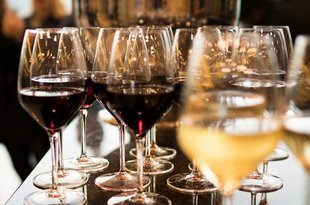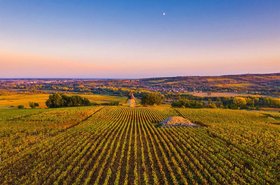Why You Should Invest In Second Wines (10 Best Bordeaux Bottles)
Second wines were only seen as an opportunity for Bordeaux wineries to use up any remaining grapes from a harvest. These wines are considered to be lighter and less powerful than their first wine counterparts, but far more affordable.
However, as vinification techniques and technology improved, chateaux and investors have been looking at second wines from First Growth wineries as a serious alternative investment.
Let’s look at investing in second wines, the benefits of investing in second wines, and how Vinovest makes investing in second wines a breeze. We’ll also include 10 second label wines worthy of a spot in your portfolio.
Further reading
- Interested in "second-growth" wines? Check out some of the best Second Growth Bordeaux Wines.
- Also discover How to Sell Wine with this detailed guide.
Investing In Second Wines: Price Gap Between First & Second Wines
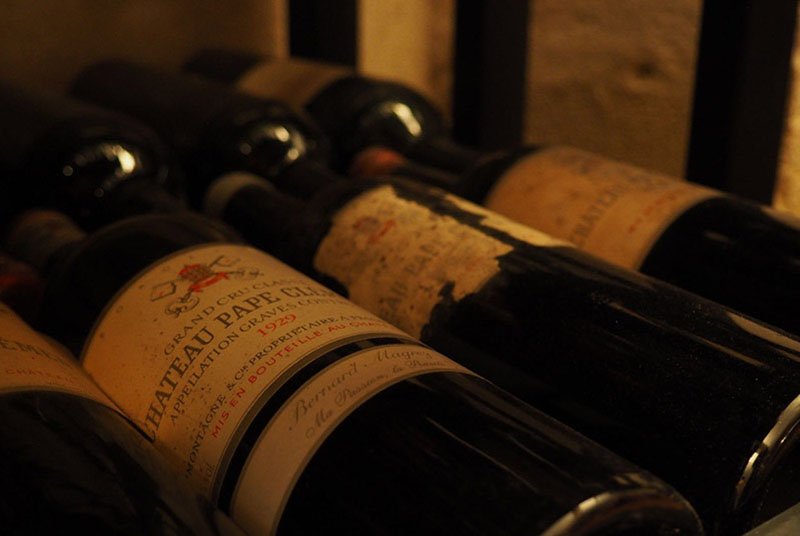
You don’t need to spend thousands of dollarson a vintage bottle of Mouton Rothschild to see a return on your wine investment. Many second wines from Bordeaux wineries offer healthy returns at a much more accessible price.
Now, between 2015 and 2019, the price gap between First Growths and their second wines steadily declined. Before this, it was possible to buy 5.6 bottles of second wines for one bottle of Grand Vin. At its peak, that ratio dropped to 2.8 bottles.
There were a couple of reasons for this:
- Second wines have improved in quality. Generally, a wine estate has more grapes it can pick from, allowing it to pick and choose each grape it uses. This means each grape used in the second wine is of better quality.
- Second wines are a far more accessible wine investment. A bottle of 2018 Chateau Lafite Rothschild costs around $1,160 compared to $405 for a bottle of Carruades de Lafite of the same vintage. You can find many second-label wines produced by legendary estates almost indistinguishable from first Bordeaux wine.
The closer the wine prices got, the less attractive second wines became.
However, more recently, the wine prices between First Growth estates and their second wines have begun to widen again.
From a wine investing perspective, this widening price gap opens up exciting opportunities for investors.
We’ll give you more reasons why you shouldn’t ignore second wines.
Why Invest In Second Label Wines Over First Wine?
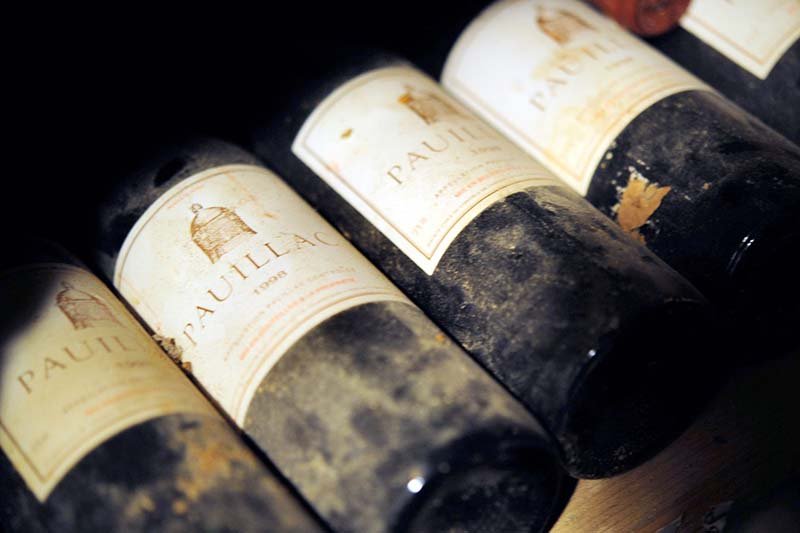
Let’s look at why second label wines make a solid fine wine investment.
Many second wines produced today are considerably better than those produced in the past and can even be better than some top wines made in the 1970s and 1980s, making them “investment grade wine.”
Further, many first-growth estates like Chateau Latour and Chateau Margaux have introduced third wines, improving the quality of their second wines.
And the markets reinforce this. The Liv-ex Second Wine 50 index, a fine wine market place, tracks second wines from prominent First Growth estates like Mouton Rothschild, Chateau Margaux, etc. As of August last year, this index climbed 56% over the previous five years and 805% since 2003, making it the best performing sub-index in the Bordeaux 500 last year.
Top Second Wine Producers
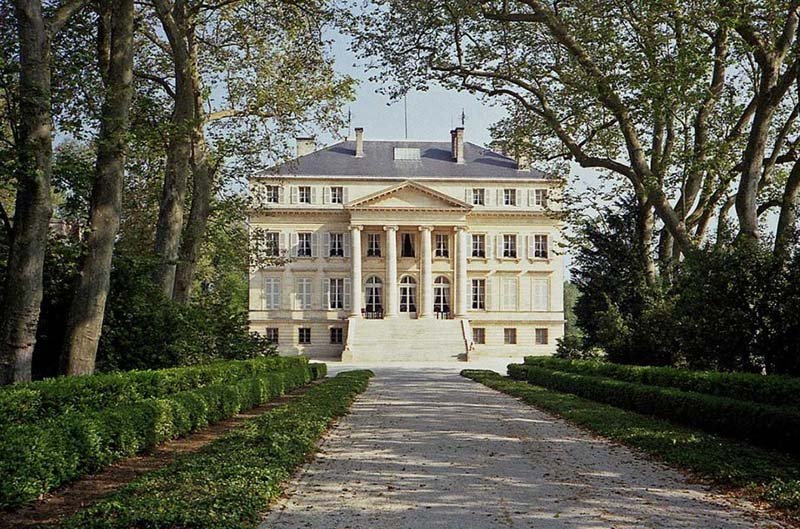
Several first-growth estates produce second wines. Here are a few of the most popular:
- Chateau Latour
- Chateau Cheval Blanc
- Chateau Margaux
- Chateau Mouton Rothschild
- Chateau Haut-Brion
- Chateau Lafite Rothschild
- Chateau Ausone
- Chateau Angelus
- Chateau Pavie
Almost all chateaux located on Bordeaux’s Left Bank produce second wines, which isn’t always the case in the Right Bank. For example, prominent Right Bank estates like Petrus and Le Pin only produce Grand Vin.
10 Second Wines Worth Investing In 2022
Here are 10 second wines worthy of a spot in your portfolio:
- 2011 Le Petit Mouton de Mouton Rothschild
- 2009 Pavillon Rouge du Chateau Margaux
- 2006 Chateau Lafite Rothschild 'Carruades de Lafite'
- 2000 Chateau Latour 'Les Forts de Latour'
- 2005 Le Clarence de Haut-Brion
- 2005 Chateau Lafleur 'Les Pensees de Lafleur'
- 2003 Dame de Montrose
- 2002 Echo de Lynch-Bages
- 2000 Chateau Lafite Rothschild 'Carruades de Lafite'
- 2009 Chateau Cos d'Estournel
1. 2011 Le Petit Mouton de Mouton Rothschild ($343)
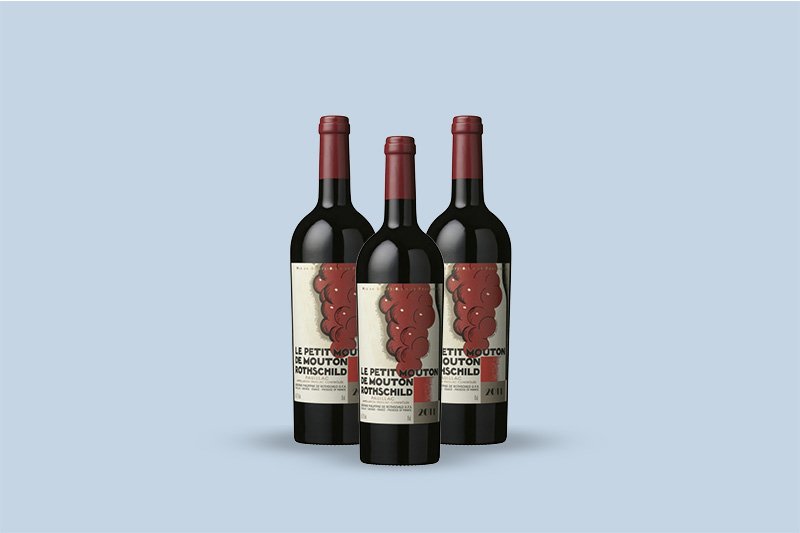
The red wine offers a deep nose of fruit reminiscent of cherries and orange zest with hints of oak. The palate provides a full, fruit-driven flavor with notes of spice and vanilla on the finish.
2. 2009 Pavillon Rouge du Chateau Margaux ($292)
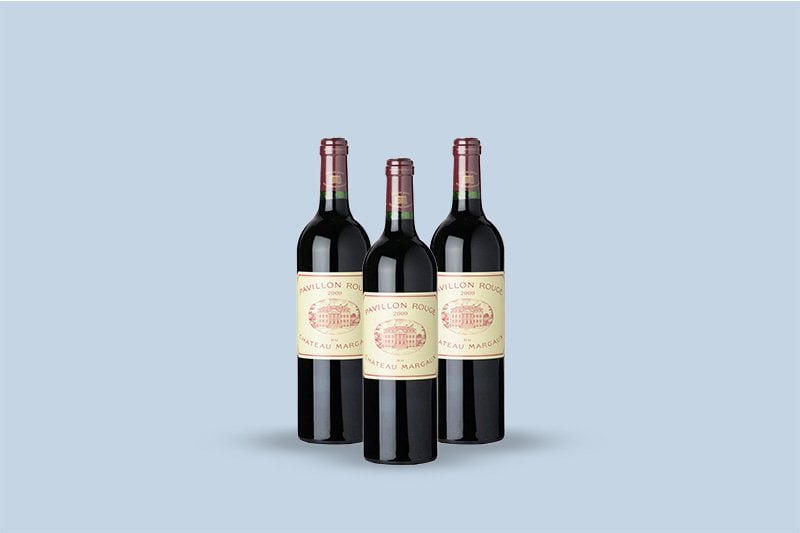
A delicate nose of tobacco underpinned by fresh blackberries and nougat. Ripe cherries with a fine sweetness define a juicy palate before finishing with subtle minerality.
3. 2006 Chateau Lafite Rothschild 'Carruades de Lafite' ($436)

Refined aromas of cassis and blackberry define the nose. The elegant and full-bodied palate packs flavors of dark chocolate and orange zest into an elegantly structured wine.
4. 2000 Chateau Latour 'Les Forts de Latour' ($322)

A floral bouquet with notes of eucalyptus. A well-balanced and intense palate with flavors of black fruit laced with mint.
5. 2005 Le Clarence de Haut-Brion ($186)

A red wine blend with delicate notes of elderberry complementing a bouquet of dark berries before flavors of sour cherries and citrus zest lead to a berry finish.
6. 2005 Chateau Lafleur 'Les Pensees de Lafleur' ($335)

A ruby color with a bouquet characterized by dark berries, truffle, and cola. An intense palate of blackberry and raspberry laced with smoke and truffles.
7. 2003 Dame de Montrose ($82)
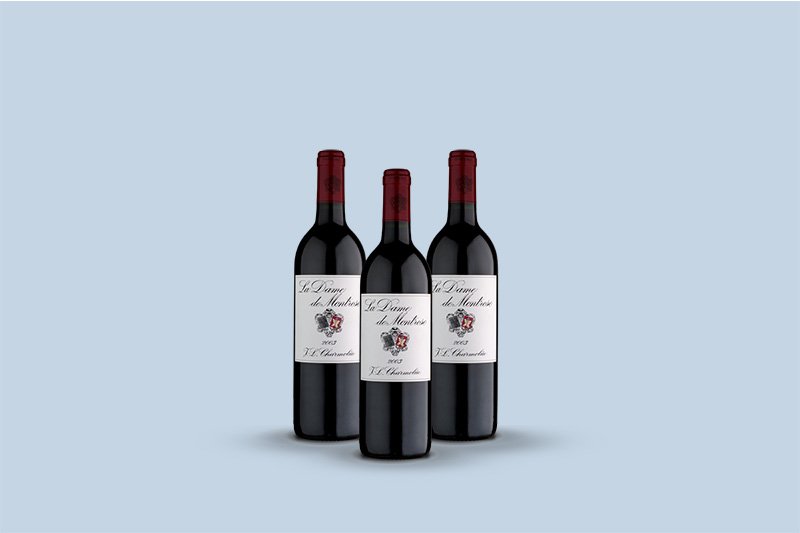
A nose of licorice and raspberry with hints of cigar and morello cherry. Citron, licorice, and red berries define the complex palate.
8. 2002 Echo de Lynch-Bages ($123)
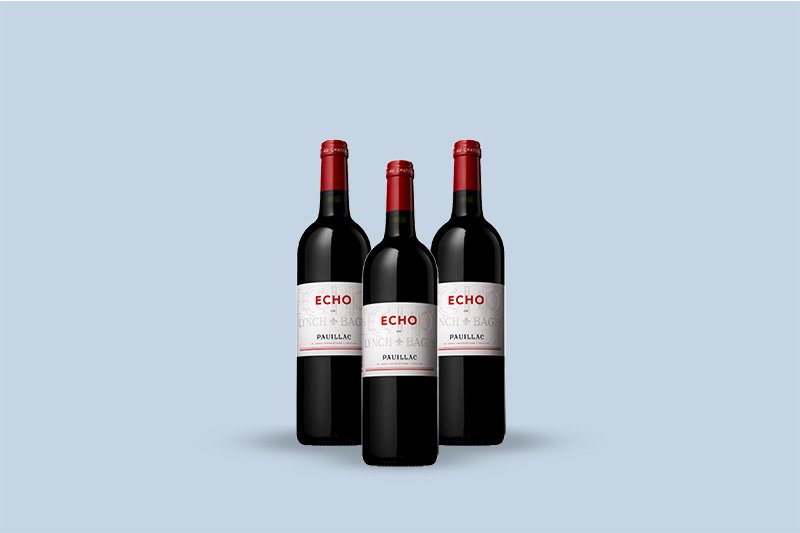
Enticing aromas of red cherry, menthol, and spice cake are present at opening. When tasting, flavors of cherry, spice, coffee, and herbs take center stage.
9. 2000 Chateau Lafite Rothschild 'Carruades de Lafite' ($215)

A rich nose of tobacco, ripe berries, violets, minerals, spices, and mint. A full-bodied palate with velvety, fruity flavors and a long aftertaste.
10. 2009 Chateau Cos d'Estournel ($398)
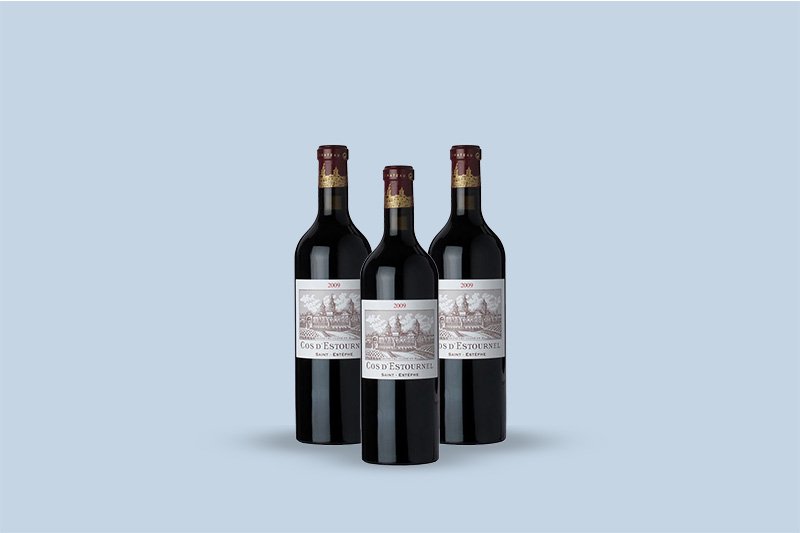
A complex nose of black fruit, spice, and licorice leads to a rich, dense palate of significant volume and length. Robert Parker awarded this wine 100/100.
What’s The Best Way Of Investing In Second Wines?
There are several ways of investing in second wines, here are a couple:
1. Invest in physical bottles
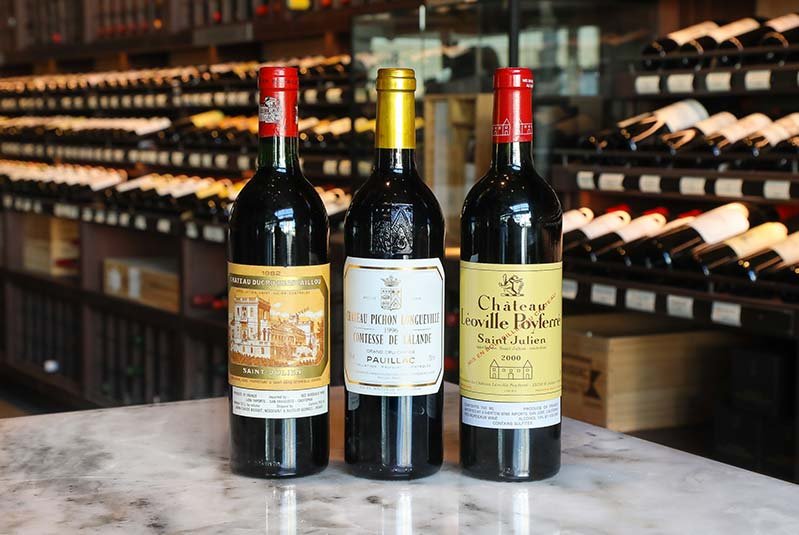
If you prefer to invest in physical bottles of second wines, look for chateaux that declassify a large amount of their harvest and use that in their second wine. With time and practice, you can identify second wines almost indistinguishable from Grand Vins and available at a reasonable price.
2. En primeur

There’s also the option of buying second-label wines en primeur, which is essentially like buying a wine future on the wine market. With a wine future, you’re buying the wine before its bottled. This is exactly the same as en primeur and allows you to purchase a sought-after wine at potentially lower costs.
However, in many cases, second wines are best enjoyed young, so these are better for turning a quick profit than long-term wine investing.
Although second wines tend to be limited to Bordeaux, some Italian wine makers also have a second wine, such as Tenuta dell'Ornellaia wine estate. The vineyard also produces an award-winning Super Tuscan.
With all that said, let’s look at some popular second wine producers.
The easiest way to add second wines to your portfolio is through Vinovest.
Vinovest is a leading wine investment platform that offers the easiest way to source, manage, and grow a portfolio of investment grade wine. Whether you’re looking to make a fine wine investment or sell a second-label wine, the alternative investment platform takes care of it all.
Whether you’re looking to invest in a Super Tuscan Italian wine or a vintage Chateau Le Pin, Vinovest has you covered. Here’s how the platform works:
Step 1: Begin by signing up. The process is short, requiring your email address, name, and password.
Step 2: Fill out a short questionnaire. Answering a few short questions will help the wine experts at Vinovest determine your preferred investment style: conservative, balanced, or aggressive.
Step 3: Fund your account. You need a minimum of $1,000 to start investing.
Step 4: Using your answers from the questionnaire, Vinovest’s AI will curate some investment recommendations for you.
Step 5: Watch your portfolio grow.
There’s also good news if you’d like to invest in whiskey. Rare whiskies have consistently been one of the best performing categories in the Knight Frank Luxury Investment Index. The Knight Frank Whisky Index grew by 564% over the last ten years to December 2021.
Invest in Second Wines: A Great Addition To Your Portfolio

Investing in second wines may not offer the rewards of Premier Crus, but they’re great as a short-term investment and for those new to the wine space. Additionally, if you’re buying purely for pleasure, these wines can be nearly identical to their first wine siblings.
Vinovest is the best way of adding second label wines to your portfolio. Whether looking to include critically acclaimed cabernet sauvignon from prominent critics like Robert Parker and Jancis Robinson, or a delicious wine from a New York vineyard, Vinovest is your best bet. Sign up with the platform to get started.
